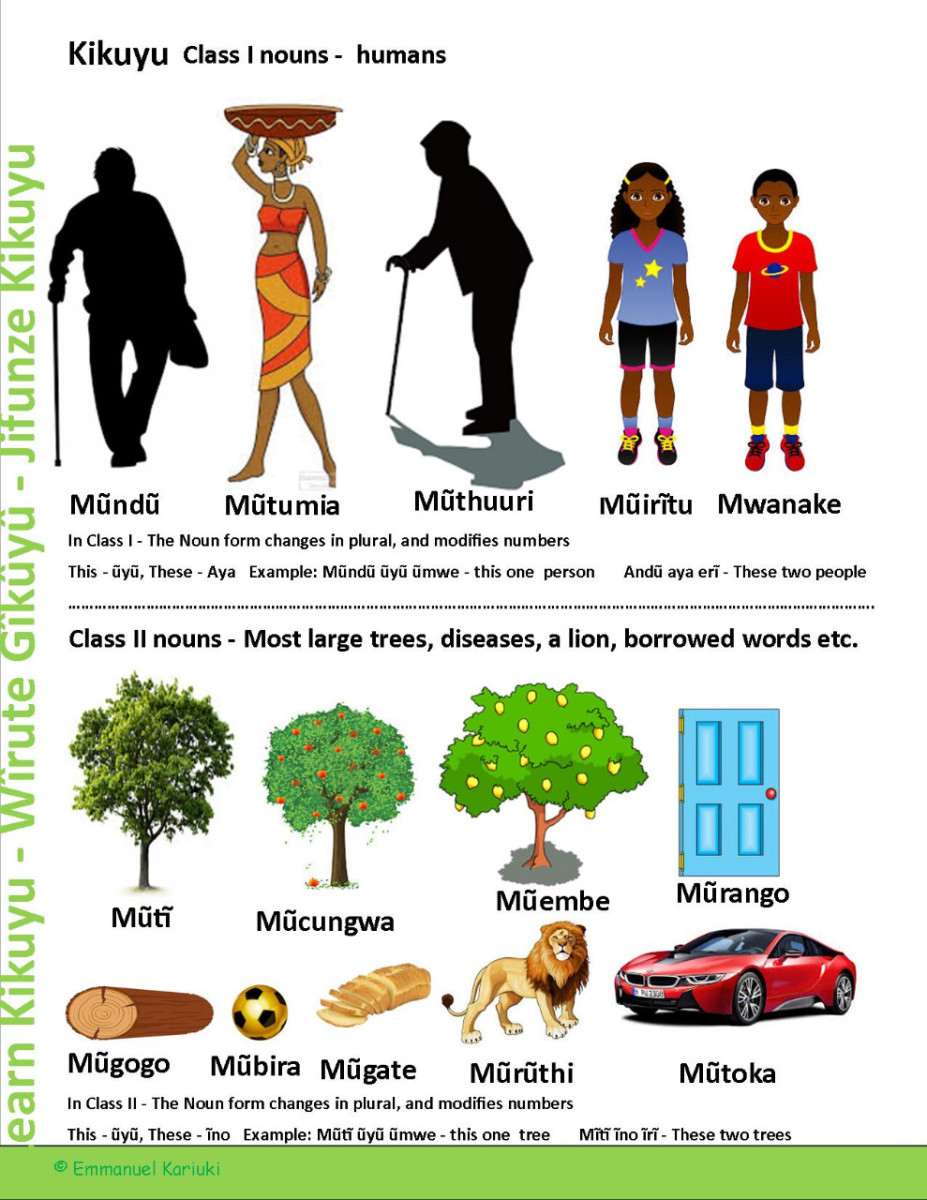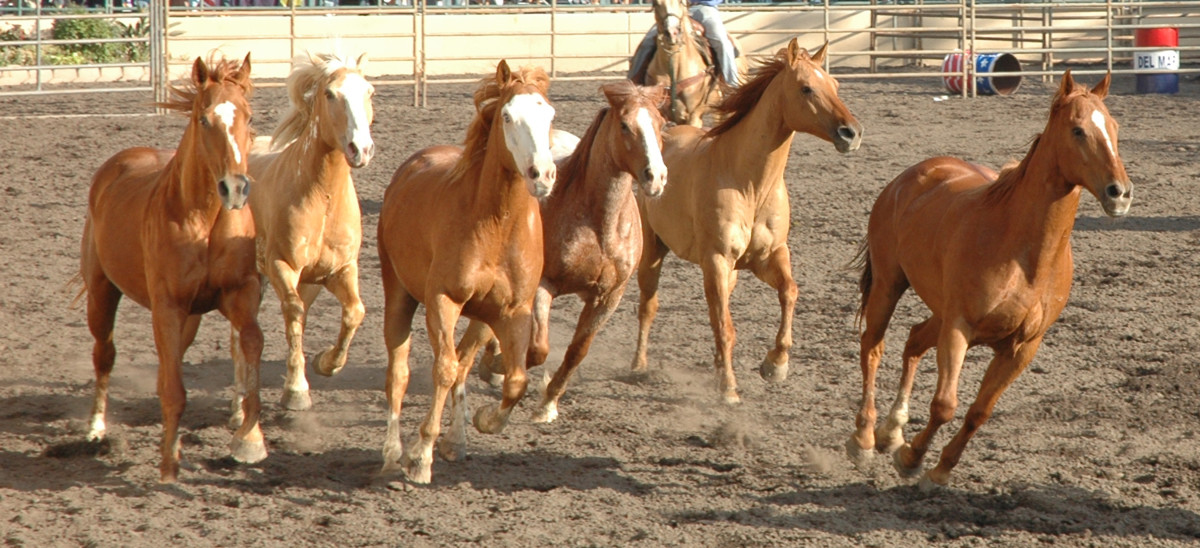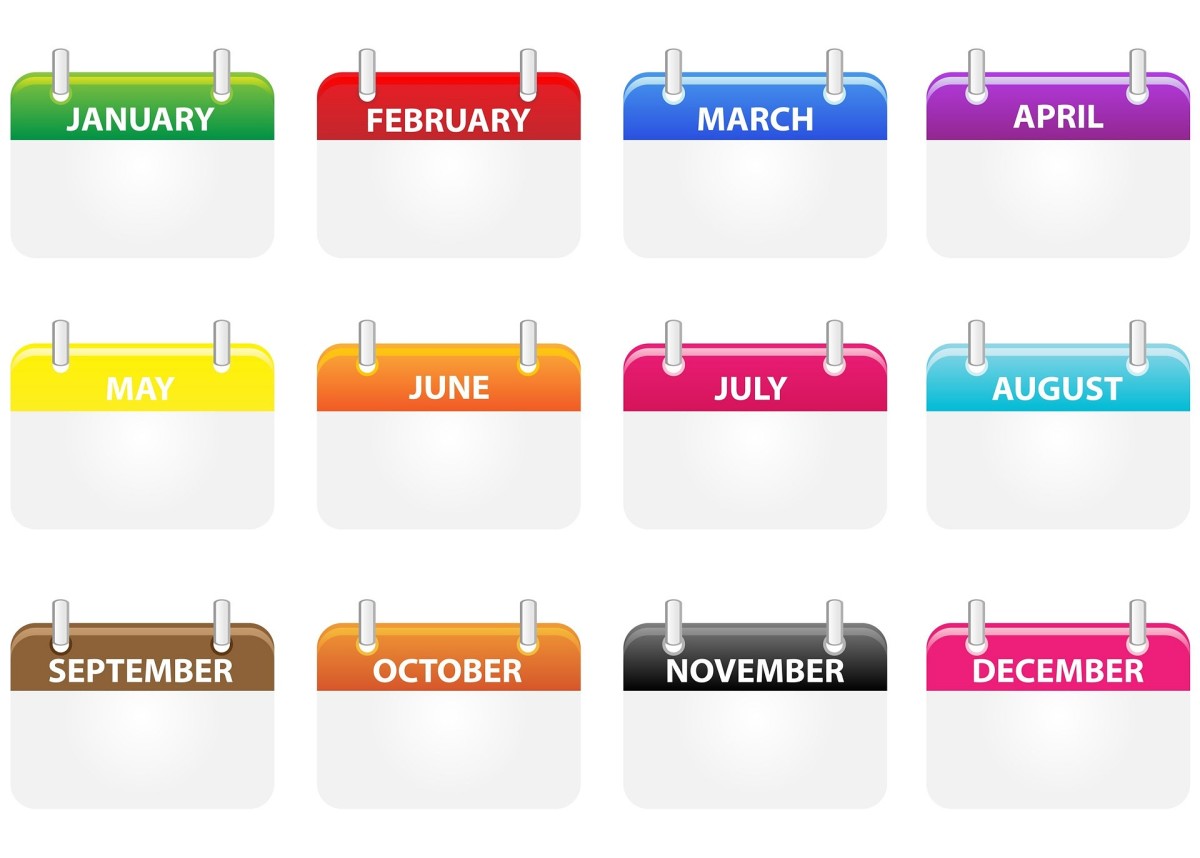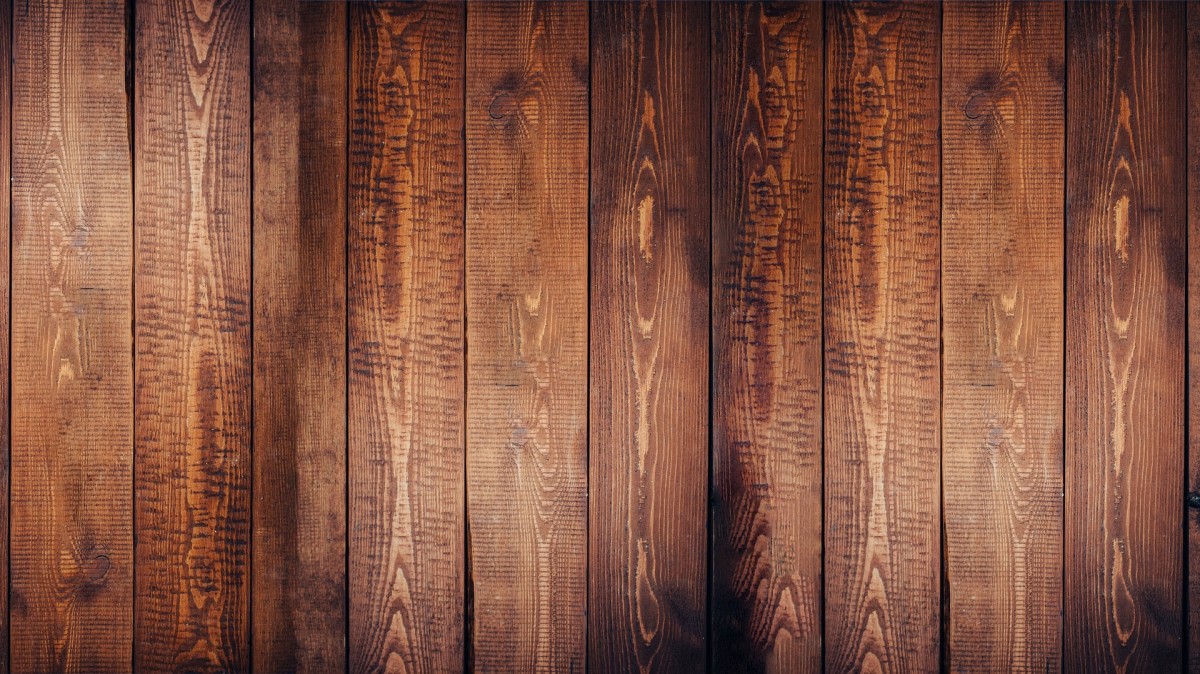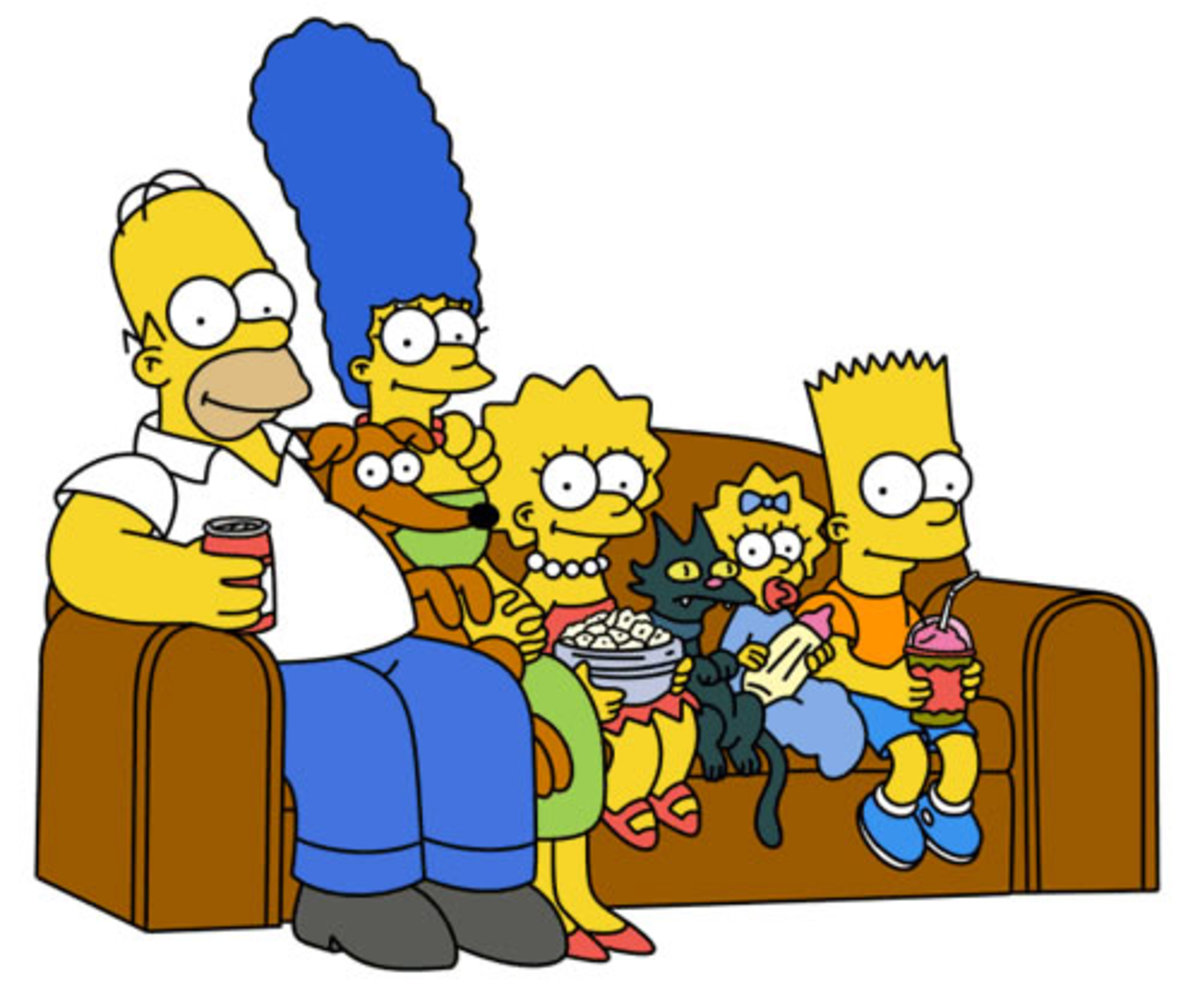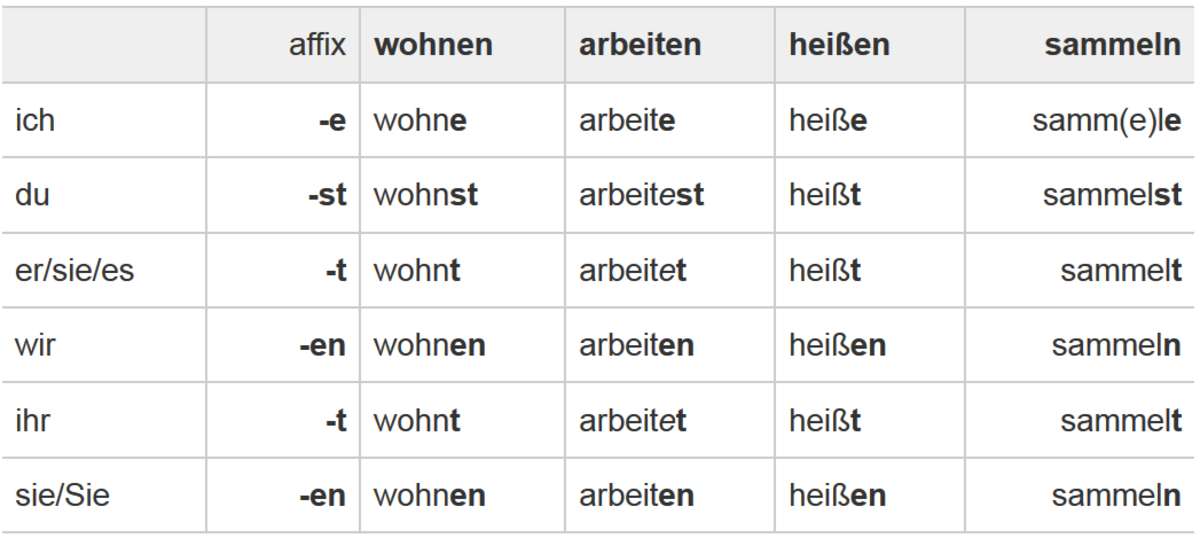The German Language: Plural Nouns
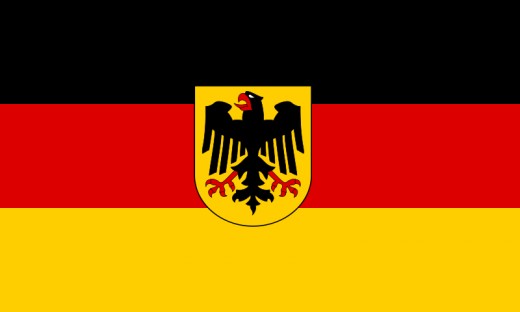
Plural Nouns in German and English
When you are learning a different language, you have to learn the different parts of speech. For the English speaker, it comes natural to us the way the we speak, because we know when to use ‘an’ or ‘a.’ For our use of ‘an’ versus ‘a,’ many other languages have what they call ‘genders,’ or masculine, neuter, and feminine genders to determine which word for ‘the’ to use, among other things. The second half of learning nouns in a language is learning the plurals, and, as in English, German has a number of rules for pluralizing nouns.
In English, the majority of plural words come easily, such as slapping an ‘s’ or ‘es’ on the end of words to make it plural: buildings, words, birds. In English, though, there are also a number of rules for irregular pluralizing nouns, such as men and women, flies and dies, and geese. These words in English are all irregular words in their plurals, and German, like English, has a number of ways to pluralize their nouns. Plural nouns in German get the article “die,” the German word for “the” in plural and feminine nouns. This article looks to explore the different rules of how to pluralize nouns in German.
The First Group: No Change in the Plural
In German there are different “categories” of plural nouns. Depending on which way you look at it, there can be either five or eight main categories of plurals, but that will be explained later, why the overlap. The first category of plural nouns is the group of nouns that do not change at all from the singular form, something that is not unfamiliar to English (such as deer or moose). Like “moose” in English, German has some words that do not change except for the article that comes before it, the German word for “the.” The German word for “the (male) teacher” is der Lehrer, and the plural form for “the teachers” is die Lehrer, with the only discerning change being the masculine (der) going to the plural (die) word for ‘the.’
Plural Nouns in German: -e and umlaut + -e
The second category of plural nouns is the group of nouns that add ‘-e’ onto the end of a word. In German, the word for “a day” is ein Tag and the word for “the movie” is der Film. These two words fall under this category of pluralizing and become die Tage and die Filme for “the days (with no plural form of ‘a,’ obviously)” and “the movies.” This category is one of the categories that overlap with another group of plurals, and it is sometimes considered a continuation of the second group or a third group in its own.
For our purposes, we will consider this group a third group in its own. Whereas the second category places an ‘-e’ at the end of the word to create a plural word, the third category does the same thing, but also adds an umlaut over the original word. The German word for ‘chair’ is “Stuhl.” In the third category, you add an ‘e’ at the end of the word and add an umlaut over the vowel of the word, and “the chair, der Stuhl” becomes “the chairs, die Stühle.” There are two more categories that sometimes overlap the ways these two groups do, and it is the reason some German grammar texts consider five groups and others consider eight groups of pluralizing.
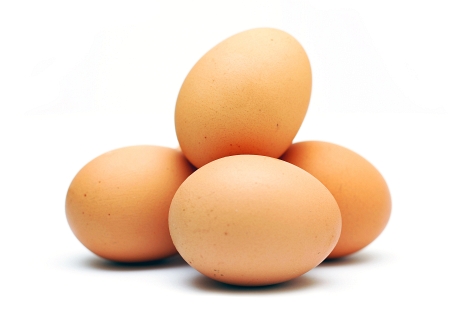
German Plural Nouns: -er and umlaur + -er
The fourth group of plurals is nouns that have ‘er’ at the end of the word. The German word for “egg” is Ei, and the plural of egg, the eggs, is die Eier. The reason that this is like the previous two groups is because it can overlap in the same way, with ‘er’ being put at the end of the word as well as an umlaut being placed over a vowel in the word. The fifth group, often seen as a continuation of the fourth group, is seen in words such as the word for “man” in German, Mann. When you want to make “man “ “men,” der Mann becomes die Männer, with ‘er’ and an umlaut being placed over the vowel of the singular, Mann.
Plural Nouns: -n/-en and -s
The sixth category is one that is also not unfamiliar to English, more specifically the regular English words that only end in “n” or “en.” These are considered one in the same category because, as with English ‘s’ and ‘es,’ sometimes the consonant, or ‘n’ in German and ‘s’ in English, needs to vowel to make it more phonetically possible to say. The German word for “the school,” die Schule, already has the ‘e’ at the end of the word, so it only needs an ‘n’ on the end to make it die Schulen, or “the schools.” Unlike die Schule, die Frau (the woman) does not have an ‘e’ at the end, so it needs ‘en’ to create Frauen (women).
The seventh category is fairly easy to comprehend, as it is exactly how we pluralizing nouns in English, with an ‘s.’ This isn’t quite as common as the other ways to pluralize in German, but there are a number of words that use this ending. The words that use this are often easier to spot than the other groups, because they are German words that are loanwords from other languages, such as French or English. The German word for baby, simply Baby becomes Babys and the German word Auto (car) becomes Autos (cars).
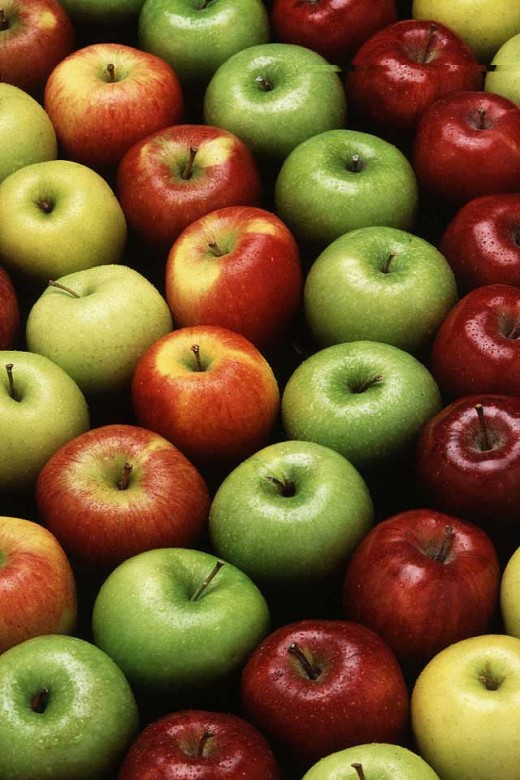
The Final Group: Umlaut
The eighth and final way to categorize is one of the least used in the entire German language. Much like the ‘e’ and ‘er’ categories using the same ending with an umlaut over the vowel to become two different categories, the last category can typically be classified into the first group, where the plural noun is simply the same as the singular. Though I can see how the ‘e’/‘umlaut-e’ and ‘er’/’umlaur-er’ groups can be considered overlapped, the last category, I feel, does not go with the first group, as the first group is comprised of words that do no change, and putting a vowel into the word would change it, inherently changing the idea of the first group. The German words for “apple” and “brother” in German, Apfel and Bruder, respectively, have umlauts to make them plural and they become Äpfel and Brüder to make “apples” and “brothers.”
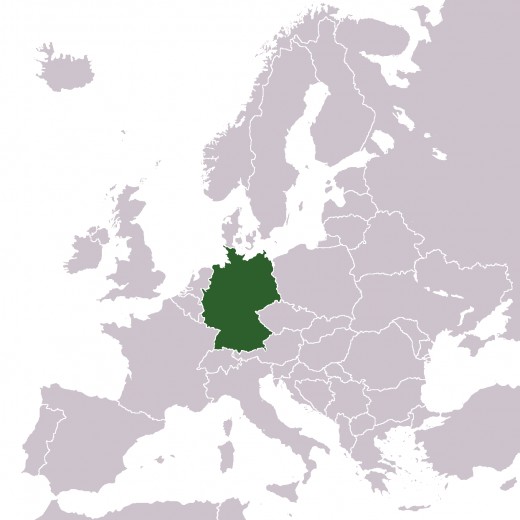
The German Language: the Guide for Plural Nouns
Here is a guide to the categories of plurals, treating the overlaps as separate (eight) categories:
Group one: No change
der Lehrer - die Lehrer
der Wagen, die Wagen
Group two: -e
Der Tag – die Tage
Der Film – die Filme
Group three: umlaut + -e
Der Stuhl – die Stühle
Der Platz – die Plätze
Group four: -er
Das Bild – die Bilder
Das Ei – die Eier
Group five: umlaut + -er
Der Mann – der Männer
Der Wald – die Wälder
Group six: -n/-en
Die Schule – die Schulen
Die Frau – die Frauen
Group seven: -s
Das Auto – das Autos
Das Baby – die Babys
Das Hotel – die Hotels
Group eight: umlaut
Der Apfel – die Äpfel
Der Bruder – die Brüder
Learning German with Rocket German!
German is often a difficult language for people to understand and learn, especially at the beginning. It's important to keep on it, so try this program, Rocket German.

